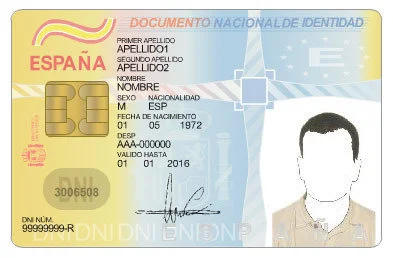It is very common, when you want to start taking advantage of the electronic ID, to encounter thousands of problems, from not knowing the PIN, to the almost disintegration of the chip in some cases. Undoubtedly, all of them problems that make the usability of the eID very questionable.
In the case of not knowing the PIN of our eID, we have to go to the nearest police station and enter a new password for our eID from one of the public access PADs, where our fingerprint will allow us to change our password or renew the certificates in case they are expired.
In order to be able to use the electronic ID, it is first necessary to install the drivers that make it possible to communicate with it.
In the case of Windows 7 and Windows 8, the operating system already has a Microsoft Windows Update service, where the new version of the DNIe driver is available. This new driver allows the eID to work as a plug&play device, since it is installed automatically once it is inserted in a compatible reader.
This driver, based on Microsoft’s new “Smart Card Mini-Driver” architecture (also known as “Smart Card Module”), works in Internet Explorer and Google Chrome. Mozilla Firefox, using the PKCS#11 architecture, will still require the installation of the cryptographic module.
Therefore, in a computer with Windows 7 and 8 operating system, you only have to insert the eID card in the reader and the operating system will install the driver quickly and automatically.
In UNIX-based operating systems such as Ubuntu or OSX, it is necessary to have a cryptographic module PKCS#11 (Public Key Cryptography Standard Number 11) in charge of interpreting the communications with the card. For this we need to install OpenSC / OpenDNIe on our computer. We can follow the instructions on how to do it in the following link http://www.dnielectronico.es/descargas/PKCS11_para_Sistemas_Unix/index.htm
On the other hand, if we want to use the electronic DNI on a mobile device, we need a native application that has a cryptographic module PKCS#11 (Public Key Cryptography Standard Number 11) in charge of interpreting the communications with the card, as is the case of our app Viafirma Mobile, which also has an API that allows interacting with the eID from a third native application or a web browser.
Finally, we would like to remind you that you can download the free SDKs to integrate your apps with our signature platform from our developer portal.
